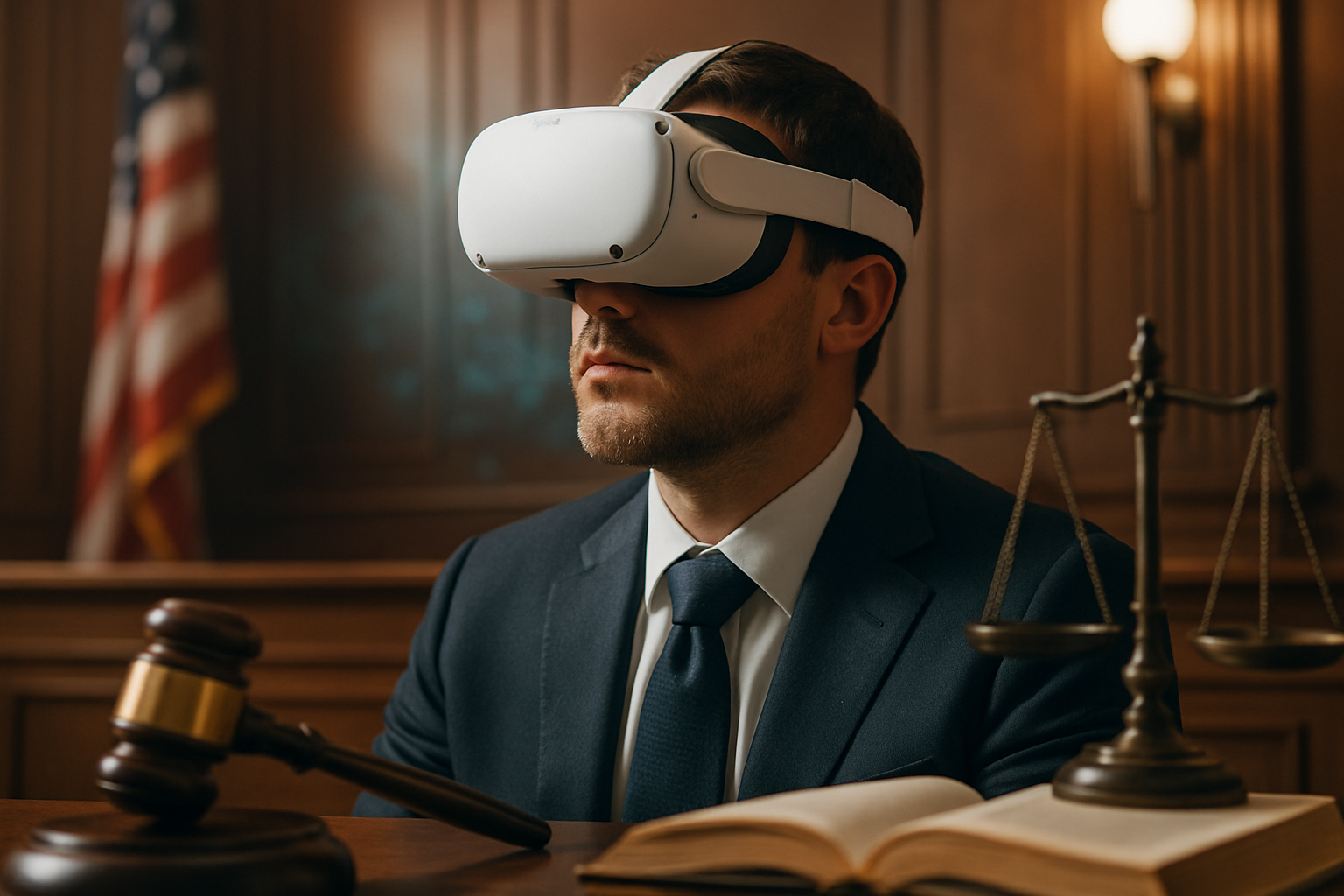The Intersection of Virtual Reality and Intellectual Property Laws
Introduction: As technology rapidly evolves, law often lags behind, leaving us in uncharted territory. One such area is the intersection of virtual reality (VR) and intellectual property (IP) laws. This article will delve into this complex subject, examining the challenges posed to current IP laws by VR technology.

Unveiling the World of Virtual Reality
Virtual reality, a concept once limited to the realm of science fiction, is now a tangible reality. Through the use of specialized equipment like headsets and gloves, users can immerse themselves in a simulated environment that responds in real-time to their actions. The potential applications of VR range from entertainment and gaming to education, training, and even therapy.
The Challenges to Intellectual Property Laws
The emergence of VR technology brings forth unique challenges to intellectual property laws. A central question is who owns the rights to the virtual environments and the objects within them. Existing IP laws are designed to protect tangible creations, and it’s unclear how these laws apply to virtual creations.
For example, if a user replicates a copyrighted artwork in a virtual world, does it constitute infringement? And what happens when a user modifies another’s virtual creation? The boundaries of copyright, patent, and trademark laws are being tested by these new scenarios.
Current Legal Perspectives on Virtual Reality
The legal community is beginning to grapple with these issues. A few court cases have dealt with IP rights in virtual environments, but the rulings have yet to form a clear legal framework. The law still treats virtual objects as if they were physical, which is a mismatch with the fluid, easily replicable nature of virtual creations.
The Implications and Impact on Society
The potential implications of these legal uncertainties are immense. VR technology is poised to become a significant part of our lives, and the rules that govern it will shape how we interact with virtual environments. The lack of clear IP laws for VR could stifle innovation, as creators may be hesitant to invest their time and resources into projects with uncertain legal protection. On the other hand, overly restrictive laws could limit the free exchange of ideas that is a hallmark of the digital age.
Looking Ahead: The Future of Virtual Reality and Intellectual Property Laws
As VR technology continues to evolve, so too must our legal understanding of it. Lawmakers and courts will need to consider the unique characteristics of VR when interpreting and creating IP laws. The challenge will be to strike a balance between protecting creators’ rights and fostering innovation and creativity.
In conclusion, the intersection of VR and IP laws is a complex and evolving issue. This is a fascinating area of law that will no doubt continue to generate thought-provoking discussions and significant legal developments in the coming years.





